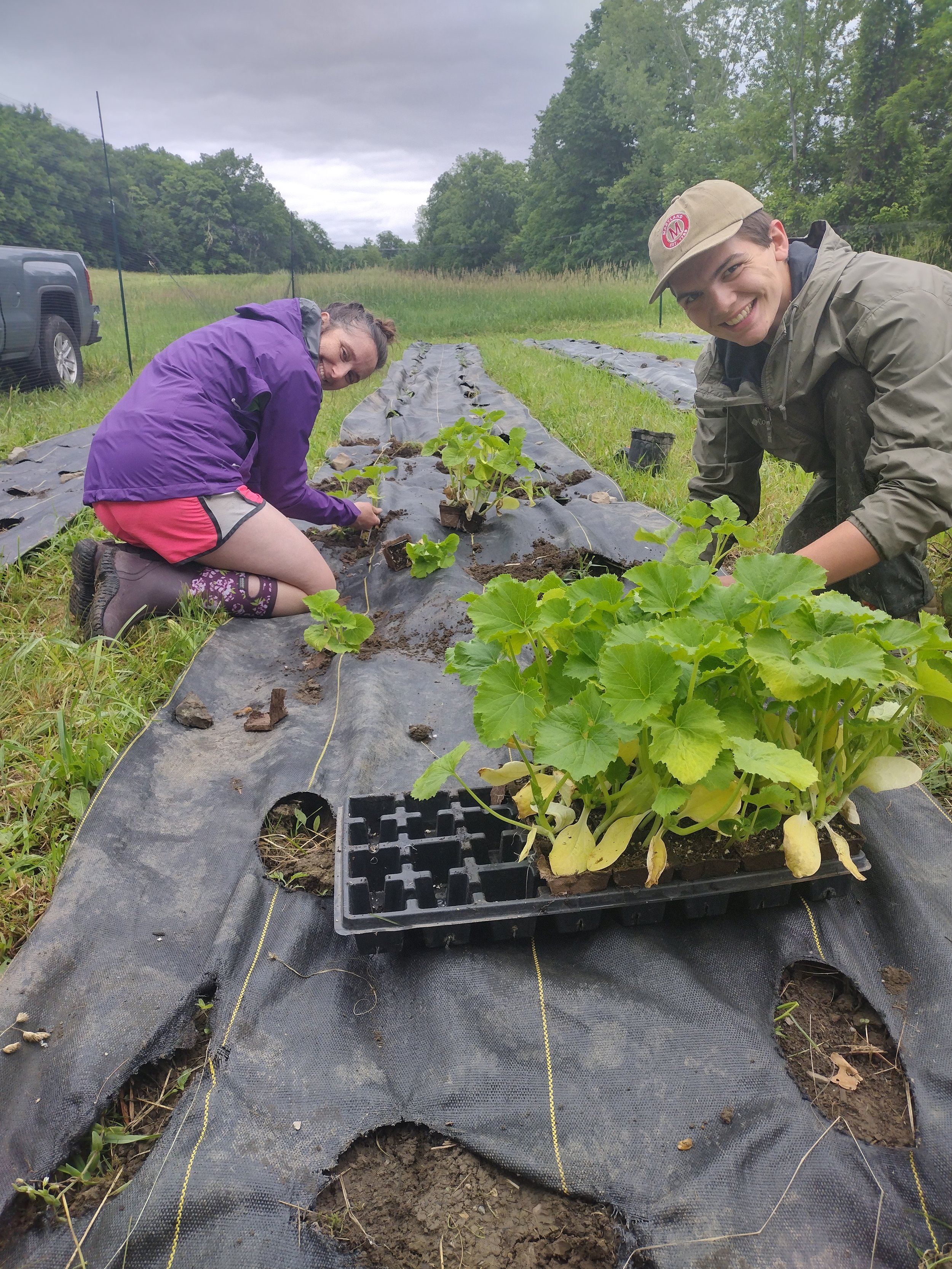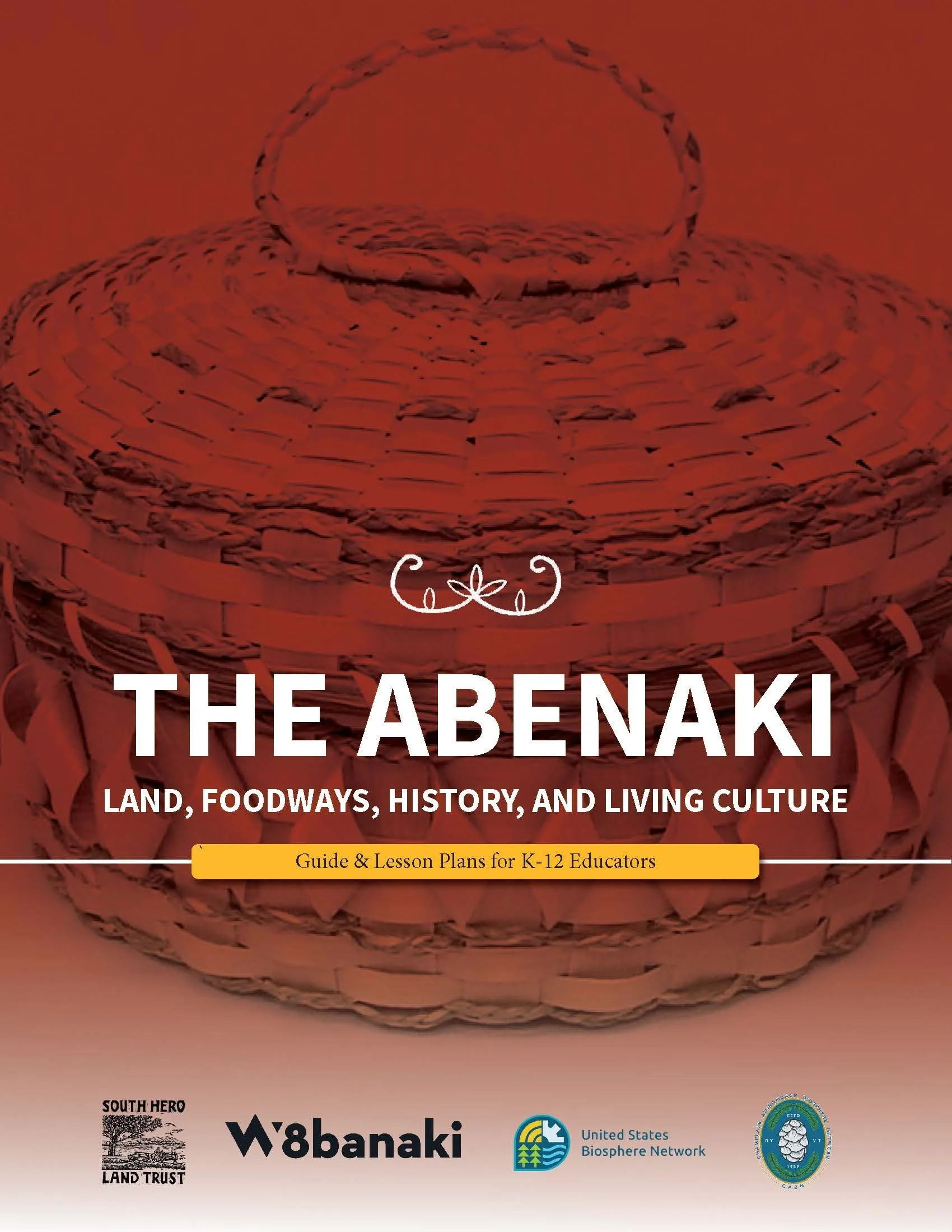
Kwaï mziwi
(Hello all) and welcome to the Abenaki Foodways Project, an educational resource initiative crafted in collaboration with the W8banaki Nation.
Wliwni (thank you) for your interest in teaching your students about the Abenaki people and culture. This project came about from a unique opportunity to bring Abenaki citizens together with educators, historians, and experts from across Ndakina to create an educational framework based in authentic knowledge about Abenaki people, their tribal sovereignty, history, culture, and more.
What’s on this website?
Guide to Educators & Lesson plans - the heart of this project.
News & Stories Page - a place to learn what’s new with the project, hear about how other educators are using the curriculum, and other opportunities for teachers.
Video Library - a collection of interviews and mini-documentaries about Abenaki culture and foodways to watch with your students.
Learning Journey - selected readings, podcast, and videos about a variety of related topics, grouped into 4 units, that will enrich your knowledge about the Abenaki, with guided discussion questions for teacher cohorts
notes On Use
These materials contain W8banakiak knowledge gathered and presented in collaboration with the W8banaki (Abenaki) Nation, its members, and relations.
These resources are intended for use in educational settings, at no cost to teachers, and cannot be used for commercial purposes. Please give attribution when using/sharing.
To protect the intellectual and cultural heritage rights of the Abenaki, and in accordance with the United Nations Declaration on the Rights of Indigenous Peoples, no reproductions, adaptations, alterations and/or modifications of the content or design of any materials whatsoever are permitted.
Educator Guide & Lesson Plans
To start, we encourage educators to read Educator Guide and familiarize yourself with the basics on Abenaki history and culture. Then, we encourage you to check out the Lesson Plans, which are built around the themes of Abenaki food, farming, and land stewardship.
Stories
See what is new with the project, gain inspiration from other teachers using the curriculum, and more!
Video Library
Check out our mini-documetary series, our recorded webinars, and more, created for educators to watch in the classroom with their students

Project Partners
Special Thanks To
Évelyne Benedict, Daniel G. Nolett, Luc G. Nolett, Jacques T. Watso, Suzie O’Bomsawin, Samuel Dufour, Michele Durand, Isaak Lachapelle-Gill, Vicky Desfossés-Bégin and everyone at Odanak & W8linak, Jules Lee, Richard Whiting, Peter Langella, Emily Alger, Sarah Davis, Cliff McCreedy, Jon Allen and the rest of the USBN team, the Musée des Abénakis, Melissa Prescott, the folks at Mahoosuc Land Trust and Telstar Middle School, the team at Connexion Nature and the Mont Saint Hilaire Biosphere Network, Brianne Lolar and the Wabanaki Studies Program, fellow USBN grantee cohort members Noquisi Initiative and Protectores de Cuencas, and the many teachers, students, friends, and allies who made this project possible.
Grant funding for this project was provided through the United States Biosphere Network via the German Commission for UNESCO supported by Henkel AG & Co. KGaA and the Fritz Henkel Foundation.












